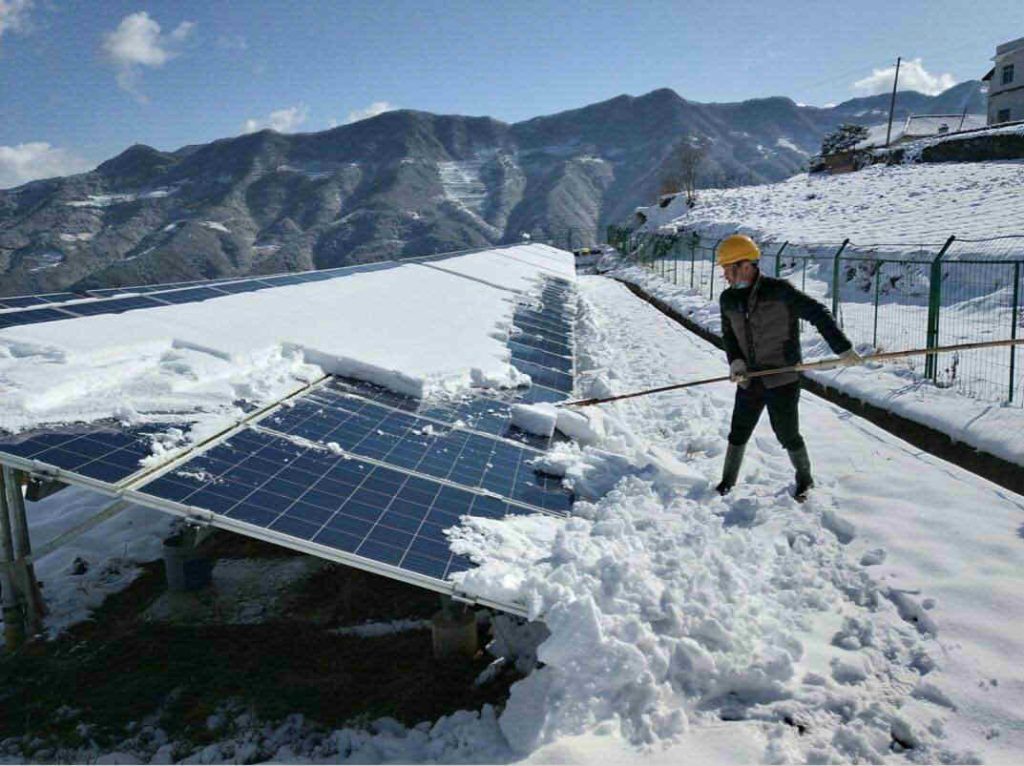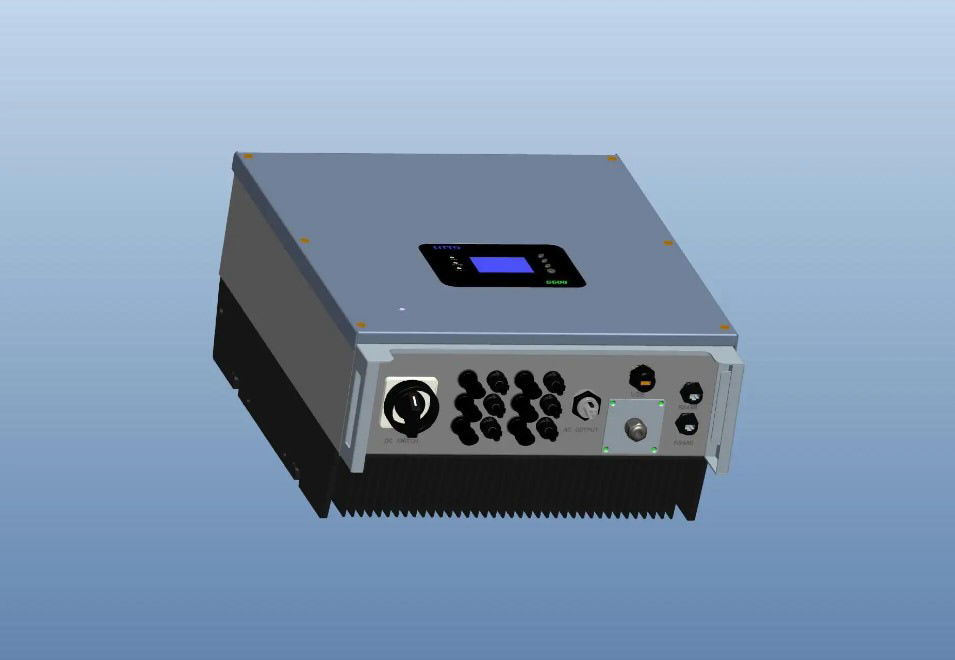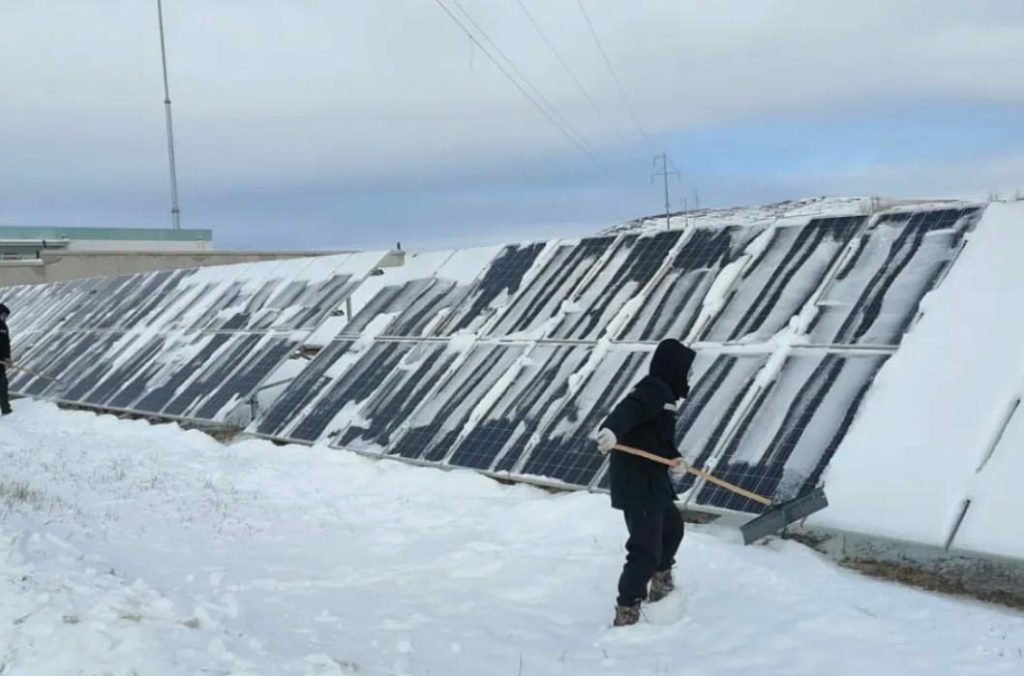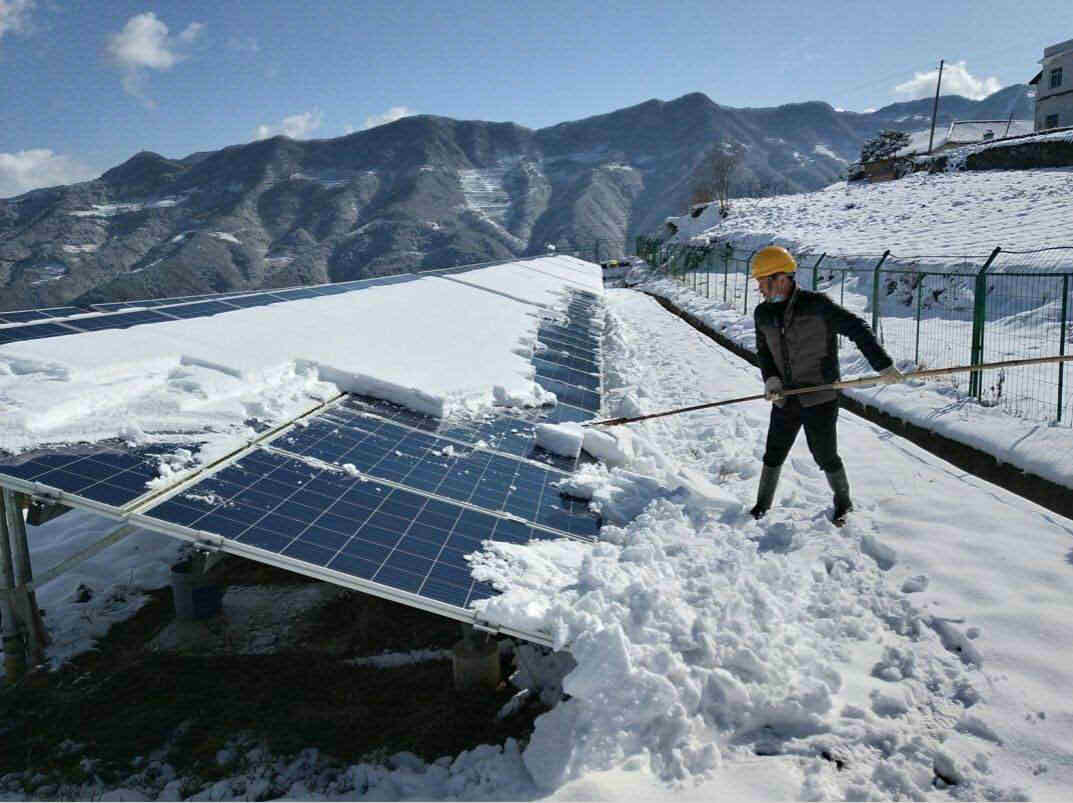With the arrival of winter in the northern hemisphere, there has been a significant drop in temperatures in some regions. in this environment, some solar plants react to greatly decreased photovoltaic power generation. Is there a problem with sun products?
In fact, looking at one year's power generation, the average is 1KW of power generation 4-6 degrees/day. Spring is the period of maximum energy generation from photovoltaic plants. And winter is the low tide of photovoltaic energy generation.

Reasons for the Decline in Photovoltaic Energy Production
Hours of Sun
In winter, the hours of sunshine are shorter and, so, the amount of solar radiation on the surface decreases. Usually, the hours of sunshine and the amount of solar radiation are much lower than average in November, December and January.
Fog and Dust
Due to dry weather, heating and environmental pollution, the air is dustier in winter than in other seasons. With the relative increase in fog, suspended matter absorbs and reflects solar energy. The result is that the amount of sunlight that reaches the surface of the solar modules is considerably reduced.
The solar panel is the central part of a solar energy system. As such, Its quality will directly determine the quality of the entire photovoltaic system. The theoretical power generation efficiency of solar panels is 25%, In practice it is approximately 23%. When they become contaminated, its effectiveness decreases 17-18%. Therefore, Cleaning solar panels has a significant impact on the efficiency of the electricity generated.
If winter fog persists for a long time, Prolonged buildup of particles can cause solar modules to heat up considerably. This can cause a hot spot phenomenon that not only damages the life of the PV module., but it can also cause a fire. to avoid it, Solar panel cells must be cleaned regularly.
Snow and Ice
Winter snowfall can cause snow and ice to cover the modules. This causes only a small amount of solar energy to shine through the snow onto the photovoltaic module.. This significantly affects the amount of electricity generated by the photovoltaic. In case of snow, photovoltaic solar panels and PV cables can be installed in the following ways.
Installation of Solar Panels on Snow Days
- Install the solar panels at a wide angle within the optimal tilt range. This will reduce the rate of snow accumulation.
- Keep the solar modules at a certain distance from the ground during installation. Thus, Snow does not accumulate at the bottom of the solar panel when sliding down.
Maintenance of Photovoltaic Modules on Snow Days
If you carry out maintenance on your photovoltaic plant when it snows, don't wait for the snow to accumulate too much before clearing it. This is to prevent the modules from freezing. Do not pour hot water on the photovoltaic panels, as uneven heat and cold can seriously damage them.
The modules have a certain load capacity, but you shouldn't step on them to clean them, since you will damage them. It is important to remove snow. Snow streaks can also cause the PV panel as a whole to fail.. This can cause a significant reduction in power generation efficiency..
Investor Reliability in Winter
Being the main component of a photovoltaic system, The inverter must be able to operate normally in low temperature environments. Therefore, Reliability should be an important consideration when selecting an inverter. There are two common failures of inverters in low temperature environments.

1.The inverter does not start. Inverters are not affected by low temperatures during normal operation, since they are heated internally. Nevertheless, when it starts up for the first time, the internal temperature of the inverter is the same as the ambient temperature. Some investors may not get going. This could be due to a false alarm fault.
There are temperature sensors inside the inverter. Some temperature sensors do not work at low temperatures or have large measurement errors, which can cause false alarms.
Deviations may occur IC measurement measurement at low temperatures. Correct operation of the inverter at low temperatures must be ensured by active offset adjustment and calibration. Inverter reliability must also be ensured by simulating low ambient temperatures, conducting commissioning tests and stress experiments.
2.Component damage occurs. Extremely low temperatures are a test for inverter components. To ensure that the inverter adapts to all kinds of extreme weather conditions, It is vital that reliable inverter components are used.
Low Temperature Performance of Solar Modules
The voltage of a solar module varies with temperature. The coefficient of this variation is called the stress temperature coefficient.. The exact value is approximately -0,35%/°C. For every degree Celsius of decrease (increase) from the temperature, tension increases (decreases) and 0,35% of the reference voltage.

One of the standard operating conditions for photovoltaic modules is a temperature of 25°. A change in voltage causes a change in chain tension of the corresponding module. Therefore, during plant design, The voltage variation range must be calculated based on the local minimum/maximum temperature. The maximum open circuit voltage of the string should not exceed the maximum voltage limit of the inverter.
Resume
It is normal that the photovoltaic power plants produce less electricity in winter. But in winter it is important to pay attention to the maintenance and conservation of the plant.. Attention must be paid to cleaning dust and snow. Inverters with low temperature function must be used. Pay attention to the temperature coefficient of tension when designing the chain.
Subscribe to our newsletter!

